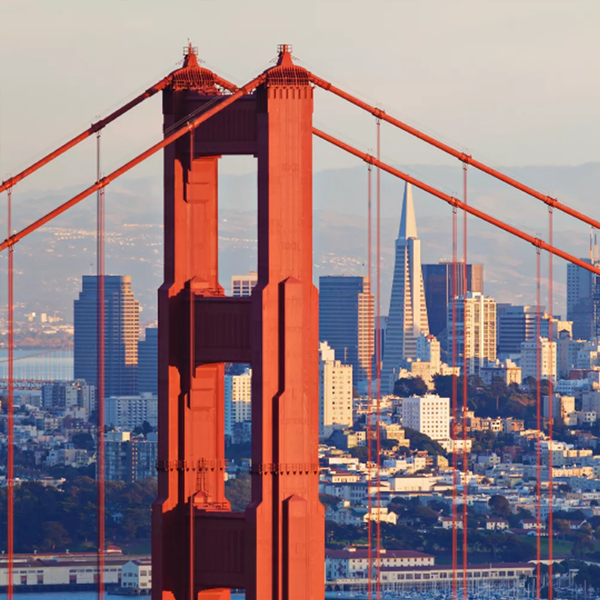Most people take the name San Francisco for granted. It’s truly an international icon. In this amazing city on the Golden Gate, everything is memorable – the waterfront, the Ferry Building, the architecture and, of course, San Francisco Bay. But this name was not a slam dunk.
During the backwater days of the 1840’s, California was not a state or even a territory, but an insignificant part of Mexico’s territories. California comprised vast areas of land sparsely populated by Native Americans and Mexican landowners who only recently were ceded the land by the Catholic Church and Spain (1820’s). To Americans at the time, California could have been as far away as Africa, isolated on the West Coast with over 2,000 miles of wilderness between it and the Mississippi.
By 1846, a little town on a harbor had sprung up called Yerba Buena by the Mexicans, who named it after a local herb that grew wild in the area. Yerba Buena was located 3 miles from Mission Delores and 6 miles from the Mexican fort, the Presidio. There were no more than a few hundred living in Yerba Buena then, with almost all of the inhabitants being Mexican or Spanish. Local Ohlone Indians dwelled there too. There were a few merchants, such as William Richardson, an Englishman (who founded Sausalito, which faces an arm of San Francisco Bay called Richardson Bay). He shrewdly married a Mexican woman of local standing, received the first land grant in Yerba Buena, and imported fresh water from Marin County in the dry months and goods from the the East Coast. Richardson ultimately became a sophisticated merchant in this tiny town with unpaved dusty streets.
Then came the Mexican-American War, and in July of 1846, California was taken by John D. Sloat of the United States Navy when he sailed into Monterey Bay. Richardson realized something about the changing local markets, as all great marketing people do– San Francisco Bay, the great entry point to California, was now on the map, and so rival ports and towns on the Bay would soon compete for the loads of settlers who would come to seek fortune in this new land. San Francisco Bay was a name and a brand that would soon be part of the United States.
So, on January 30, 1846, Richardson convinced this small backwater town to change its name to the name of the Bay. “San Francisco” soon became synonymous with the entire region, and top of mind for those thinking about the West Coast of North America. It would develop into a primary port for ships to call on. It became the name that everyone around the world knew, from Russia to England to Argentina. As a result, everyone headed for San Francisco, and they still are today.
When it comes to naming, keep it simple. It really pays off to build on what people already know and remember. Just make the most of it like William Richardson did.
